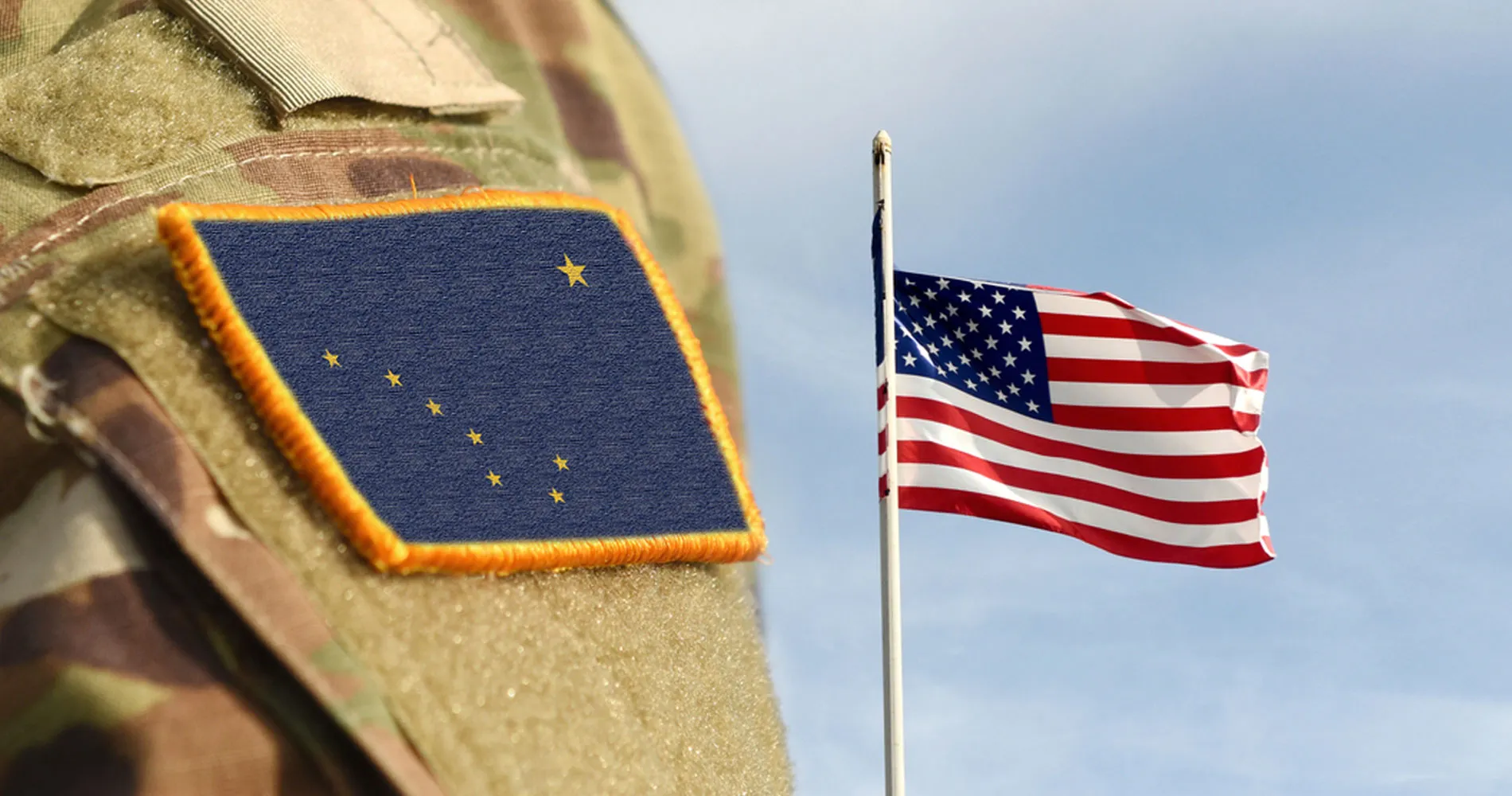Suicide is the leading cause of death among US active-duty soldiers according to a new report released by the Pentagon. More needs to be done to provide help and the necessary infrastructure to combat suicide in the US miliatry. Today, soldiers lack mental health support, are over stressed and over-deployed and are too often left alone to deal with legal and financial burdens.
David Deegan
25 November 2024
Arabic version | Chinese version | French version | Spanish version
On 1 May 2024, the Pentagon published a report on the alarming suicide rate among US Service personnel. Entitled “U.S. Army Mortality Surveillance in Active Duty Soldiers, 2014–2019” this Defense Health Agency report revealed that during this period US soldiers were almost nine times more likely to die by suicide than by enemy fire. It identified suicide as the leading cause of death among active-duty soldiers, even higher than death caused by an accident. During this period 883 soldiers died as a result of committing suicide in comparison to 96 soldiers who died during combat. 65% of the soldiers who chose to take their own lives died from self-inflicted gunshot wounds.
Various statistical analyses demonstrate stark differences in suicide rates of military personnel. The American Foundation for Suicide Prevention recorded that in US citizens, the rate of suicide had climbed 37% since 2000. In 2022, the rate of suicide was f 14.2 civilians per 100 000. This was less than half the number of military personnel dying of suicide for the same time period. In 2021, 36.1 per 100 000 military personnel killed themselves. This rate continues to rise. In 2024, 55 soldiers have already died of suicide.
In March 2024, the Army Times published an analysis of death records which showed that, between 2019 and 2021, armored tank brigades experienced twice as high suicide rate compared to the rest of the active-duty force.
The Army Times tank brigade report noted that the Pentagon’s stated goal is for soldiers to spend three months at home for every one month deployed but that this is rarely enforced. Retired Gen. Robert Abrams, a career armor officer, described a “high operational tempo” within tank brigades of two months at home for each month deployed. Soldiers interviewed by the Army Times also described having to endure countless late nights and early mornings maintaining vehicles, only to see the vehicles break repeatedly amid training, which was hugely damaging to motivation and mental-wellbeing. Abrams stated that without further man power, equipment and support, armor units could not indefinitely sustain an operational treadmill that was already far outside Pentagon guidelines.
Alaska is a challenging environment. Temperatures regularly drop to minus 76⁰ Fahrenheit (-60⁰ Centigrade). In summer days have endless daylight, and in winter days have barely any sunlight, so sleep is constantly disrupted. A rise in suicides at one Alaskan outpost, Fort Wainwright, prompted the Army to find solutions. An investigation team recommended improving the barracks and constructing buildings which would shelter soldiers as they maintained vehicles in the cold. But despite spending more than USD 200 million the suicides continued, peaking at 17 Alaska-based soldiers committing suicide in 2021.
Following a USA TODAY investigation in 2021 on soldiers reporting suicidal thoughts or making failed attempts and the long wait time these soldiers experienced to receive help, the Army sent dozens of mental health experts to Alaska. These dropped the wait times for soldiers seeking specialized mental health counselling from 28 days to single digits. While this was a positive result, it was an initiative to prevent suicides from succeeding, rather than investigating the root causes and systematically tackling them.
In April 2022 a bipartisan group of lawmakers consisting of Republican Senator Dan Sullivan (Alaska), Democrat Congresswoman Jackie Speier (California) and Senator Lisa Murkowski (R-Alaska) wrote to Army Secretary Christine Wormuth calling on the Army to take comprehensive actions which went beyond offering more timely access to behavioral health services. Among their recommendations were improvements to quality of life for those stationed in Alaska, better preparation for those who were due to be posted, and reduction in expected tours of duty.
On 24 February 2023, the US Department of Defense (DOD) released a 115-page report by the Suicide Prevention and Response Independent Review Committee (SPRIRC), containing over a hundred individual recommendations. Several of the recommendations were highlighted as a “must” which “should receive the greatest amount of the DoD’s priority, attention, and resources because they are most likely to result in the largest reductions in suicide and have an overall benefit to service members and the DoD.”
Most of the “must” recommendations were focused on reducing the possibility of soldiers already considering suicide would take their own life. These included improved access to mental health counselling, training in suicide prevention, addressing excessive alcohol use, and tighter control of storage and access to privately-owned weapons in DOD military property.
Other “must” recommendations focused on environmental factors, intrinsically linked to the culture of the military, that are detrimental to mental health, which could then lead to suicide. These included more effective selection and promotion of leaders, proper recognition and remuneration, more efficient pay systems to reduce financial stress, duty schedules which allowed for eight hours of sleep, and reduced frequency of shift changes. Yet the question remains as to how these environmental factors will be addressed, and also whether sufficient factors have been listed to make a difference in the culture of the military.
In January 2024 the American Home Front Project reported that about a quarter of all suicide deaths occur among troops caught up in legal or administrative battles – sometimes for minor infractions. In 2019 Brandon Caserta died by intentionally walking into the tail rotor of a helicopter in Norfolk, USA. Brandon had been trying to transfer out of his unit when he was told he would face a disciplinary review board over a minor infraction. After Caserta’s death, a Navy investigation showed an abusive lead petty officer was transferred, instead of prosecuted, to get him out of the unit more quickly. Caserta’s parents successfully lobbied Congress to pass a law known as the “Brandon Act,” which makes it easier for service members with mental health issues to ask for help, even when their command is reluctant to listen. Brandon Caserta’s parents continue to push for more accountability for abusive commanders.







